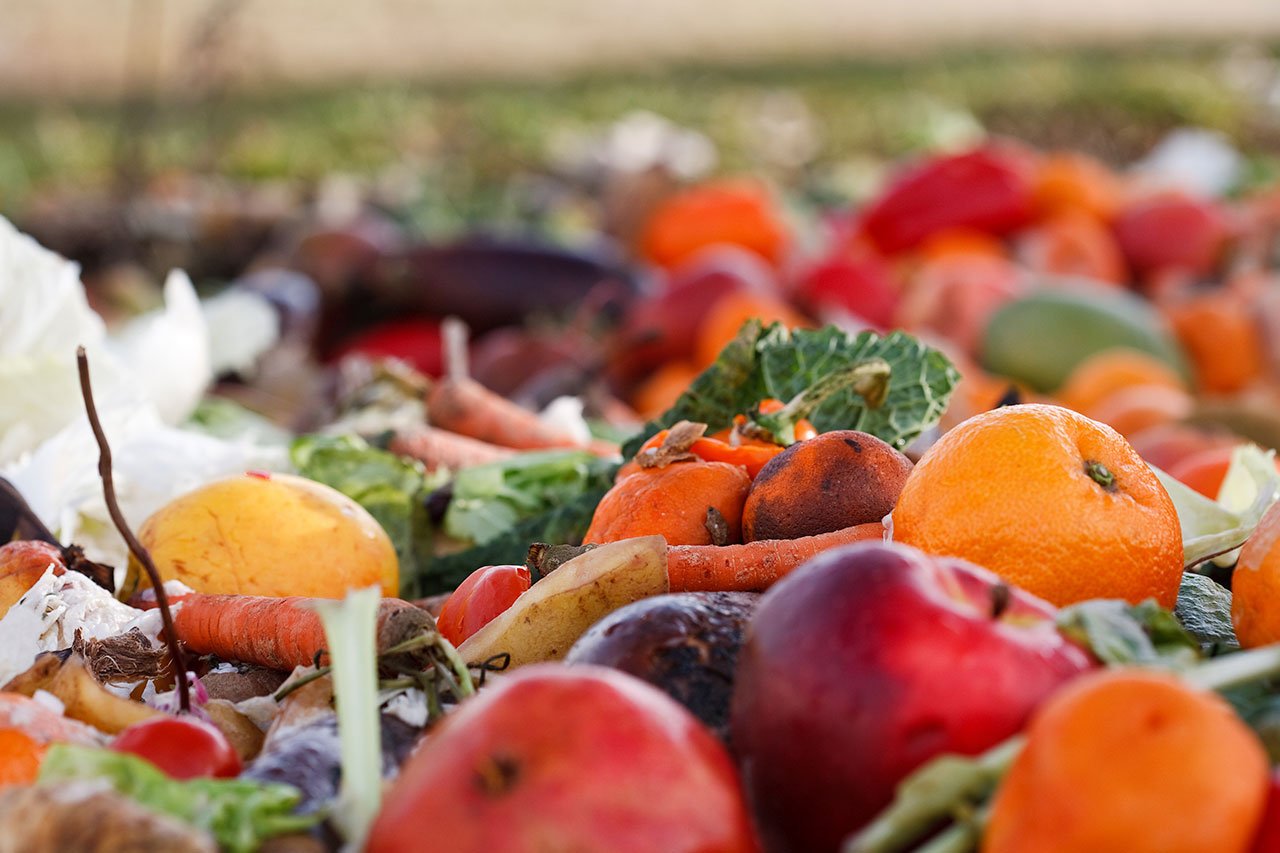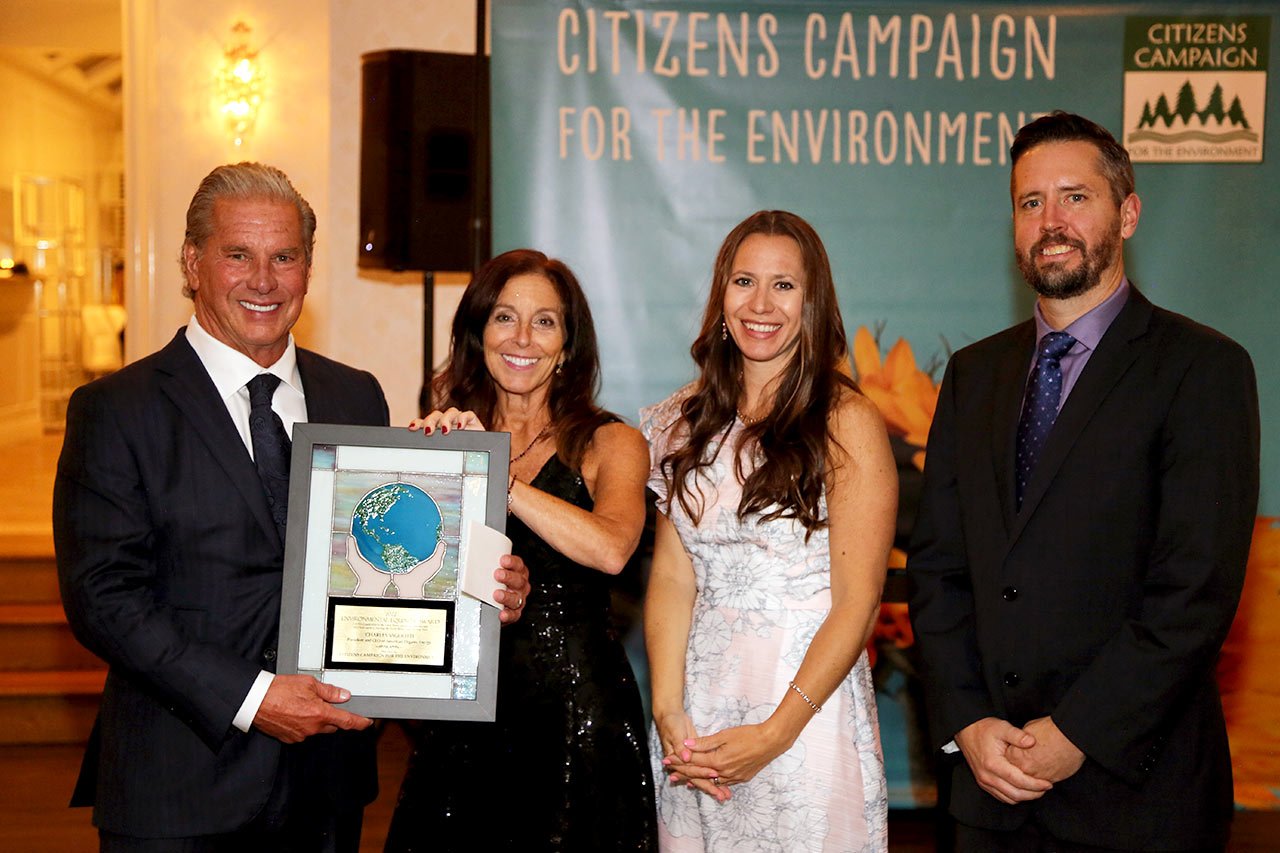We’ve all heard the increasingly dire statistics. Global food waste is climbing, as are the greenhouse gas emissions it creates due to inadequate decomposition in landfills. These factors, in turn, continue to negatively impact worldwide climate change at an alarming rate.
In an effort to bring attention to this crucial issue, the Food and Agriculture Organization (FAO) of the United Nations, in collaboration with its Environment Programme, recently established the first International Day of Awareness of Food Loss and Waste, held on September 29. It is designed to encourage a reduction in food loss and waste to prevent a greater decline in both food security and natural resources in the coming years.
Food Waste a Global Emergency
According to the FAO, approximately 30% of the world’s food, totaling upwards of $161 billion, remains unharvested or is thrown away at various points in the supply chain yearly. This, in turn, accounts for about 8% of global greenhouse gas emissions. To reference an oft-cited analogy, if food waste constituted its own country, it would trail only the United States and China in its contributions to global warming.
Broken down, the majority of food waste occurs in homes and consumer-facing businesses such as grocery stores and restaurants, with consumers accounting for an additional 43%, and 2% attributed to manufacturers.
As part of this UN initiative, a selection of the world’s largest food retailers—including Walmart, Kroger, and the parent company of Giant Food Stores, have banded together with food manufacturers such as Unilever, PepsiCo and Nestle Global in an effort to slash food waste in half by 2030 on both the retail and consumer levels, and reduce loss along the production and supply chains, including post-harvest losses.
Left unchecked, some projections suggest these figures have the potential to rise by one-third before the year 2030, a milestone that would prove even more detrimental to the climate.
According to the FAO, approximately 30% of the world’s food, totaling upwards of $161 billion, remains unharvested or is thrown away at various points in the supply chain yearly.
Pandemic Strains Food Security
The added strain of a worldwide pandemic has further compromised the food and nutrition security of nearly 132 million additional people, as restrictions in shipping and transit have substantially increased food waste (defined as loss during the retail, food service, or household stages). Causes can range from poor handling and inadequate transit or storage options to unmet cosmetic standards and a lack of meal planning or cooking skills.
The food production and distribution system has been upended by farm and factory closures, the shuttering of many restaurants and hotels, coupled with labor shortages due to social distancing and safety measures put into place at the start of the COVID-19 pandemic.
While some have risen to the occasion by facilitating the sharing of excess produce, with businesses purchasing excess for redistribution to food pantries or direct bulk sale to customers, these measures have not been enough to stave off the influx of food waste destined for landfills.
Collaboration Key to Measurable Change
While reduction at the earliest stages, on the farm, has the greatest potential to produce quantifiable results, there are several steps consumers can take to mitigate the damage as well.
Tips include not purchasing more than can be eaten in a reasonable interval of time, planning meals in advance, committing to consuming leftovers, understanding expiration and sell-by dates, storing food properly, reviving ingredients that are past their prime or deemed imperfect, learning to preserve food and—if all else fails—donating to local food pantries and rescue organizations.
Improvements in food waste across the spectrum can work to mitigate climate change, improve the efficiency of global food production, and help to feed those who are hungry or malnourished. According to initial data collected, world hunger could theoretically be ended with less than a quarter of the total food wasted in the United States and Europe alone.
Coupled with the fact that unused food wastes land, water, energy and other resources required for production—25% freshwater, 19% fertilizer, $18 cropland, and 21% landfill volume worldwide—and the consequences are nothing less than staggering. Statistics indicate that the carbon emissions generated by landfills via methane production, combined with the transport of uneaten food, together emit pollution equivalent to 39 million passenger vehicles.
The Organic Solution
American Organic Energy is poised to play a pivotal role in this next phase of green recovery, through the development of its cutting-edge anaerobic digester, designed to reduce harmful carbon emissions while systematically generating renewable energy and reducing our dependence on fossil fuels. To learn more about this project and its environmental impact, contact American Organic Energy today.







